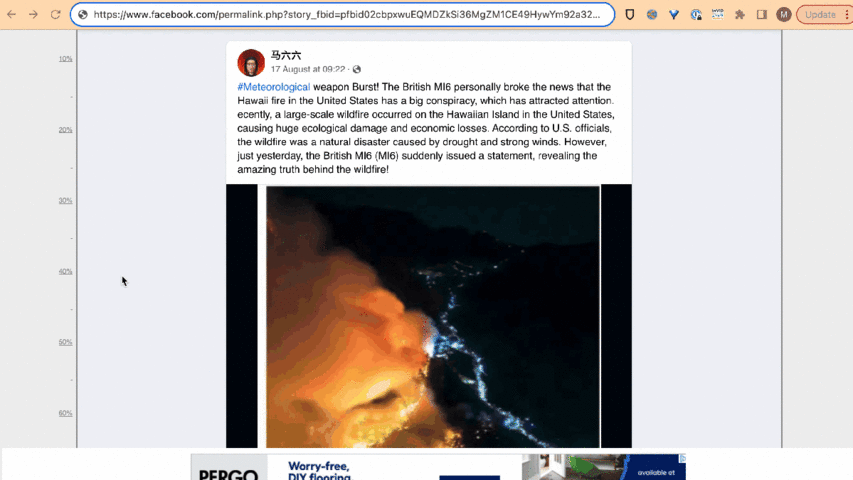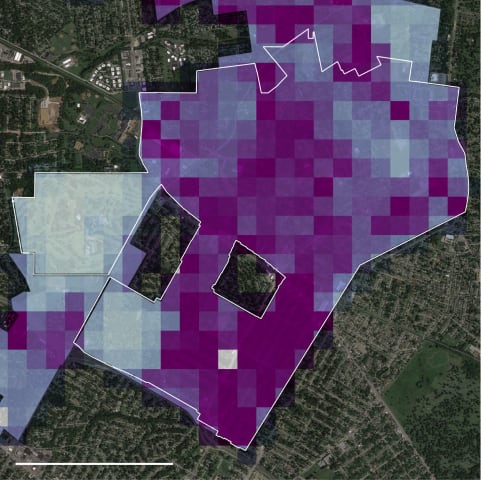Incident 565: Images générées par l'IA et désinformation multilingue dans la campagne chinoise concernant les incendies de forêt de Maui
Outils
Entités
Voir toutes les entitésStatistiques d'incidents
Risk Subdomain
4.1. Disinformation, surveillance, and influence at scale
Risk Domain
- Malicious Actors & Misuse
Entity
Human
Timing
Post-deployment
Intent
Intentional
Rapports d'incidents
Chronologie du rapport

Lorsque les incendies de forêt ont ravagé Maui le mois dernier avec une fureur destructrice, les guerriers de l’information chinois, de plus en plus ingénieux, se sont précipités.
La catastrophe n’était pas naturelle, ont-ils déclaré dans u…

Les chercheurs affirment avoir découvert 85 comptes et blogs de réseaux sociaux originaires de Chine et travaillant en tandem pour amplifier une théorie du complot affirmant que les [incendies mortels à Maui](https://gizmodo.com/maui-fires-…
/cloudfront-us-east-1.images.arcpublishing.com/gray/VVUCKQIJLRBJPICRCJS4LAA6CY.jpg)
HONOLULU (HawaiiNewsNow) - Une campagne de désinformation qui a surgi presque immédiatement après que les incendies de forêt ont ravagé Maui et s'est propagée par la Chine et la Russie, ont conclu des chercheurs.
Et, disent-ils, cette campa…

Méfiance sur la cause de l'incendie de Maui alimentée par la désinformation chinoise
Erika Pless, avec un masque pour filtrer la poussière, regarde vers un champ proche de l'origine présumée de l'incendie de forêt de West Maui, à Lahaina su…
Variantes
Incidents similaires
Did our AI mess up? Flag the unrelated incidents

Uber Autonomous Cars Running Red Lights

Wikipedia Vandalism Prevention Bot Loop

Predictive Policing Biases of PredPol
Incidents similaires
Did our AI mess up? Flag the unrelated incidents

Uber Autonomous Cars Running Red Lights

Wikipedia Vandalism Prevention Bot Loop



/cloudfront-us-east-1.images.arcpublishing.com/gray/VVUCKQIJLRBJPICRCJS4LAA6CY.jpg)
